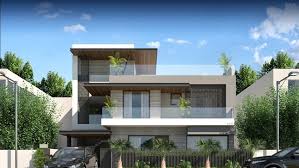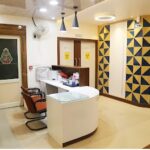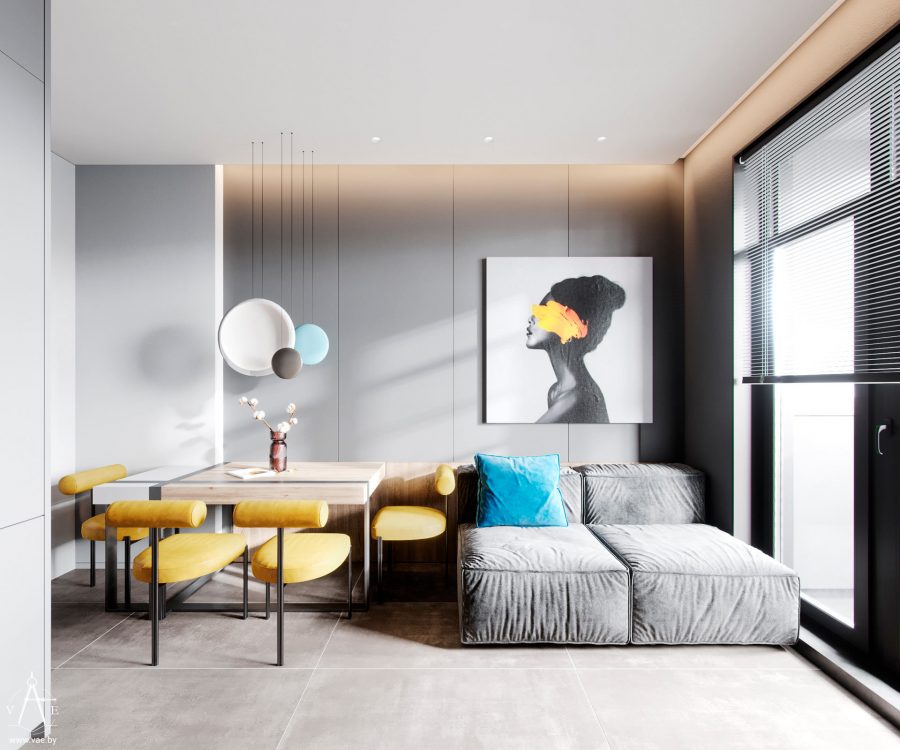
PUDA Architect In Chandigarh – Chandigarh, known as the “City Beautiful,” stands as a testament to the brilliance of modern urban planning and architecture. Designed by the renowned Swiss-French architect Le Corbusier, with assistance from his cousin Pierre Jeanneret and a team of talented architects, Chandigarh’s layout and architecture have become iconic worldwide. One crucial entity responsible for executing this vision is the Punjab Urban Planning and Development Authority (PUDA). In this blog, we will explore the role of PUDA Architect In Chandigarh and their contributions to shaping this remarkable city.
Chandigarh was conceived in the aftermath of the partition of India in 1947, when Punjab lost its capital, Lahore, to Pakistan. In 1950, the government of Punjab appointed Le Corbusier as the chief architect for Chandigarh’s design. Le Corbusier’s vision aimed to create a functional and harmonious city, where nature and modernity coexist seamlessly.
The Role of PUDA Architect In Chandigarh
Punjab Urban Planning and Development Authority (PUDA) was established in 1974 under the Punjab Regional and Town Planning and Development Act, 1995. PUDA plays a vital role in the planning, development, and implementation of projects across Punjab, with a particular focus on Chandigarh. It ensures that the city’s development adheres to the original principles set by Le Corbusier.
Architectural Marvels in Chandigarh
PUDA, along with other architectural professionals, has played a significant role in the creation of architectural marvels that define Chandigarh’s identity. Some notable examples include:
a) Capitol Complex: The Capitol Complex, a UNESCO World Heritage Site, is the administrative hub of Chandigarh. It comprises three main buildings—the Secretariat, the Legislative Assembly, and the High Court. PUDA architects have worked diligently to preserve the original design intent while ensuring functional and structural upgrades to accommodate modern requirements.
b) The Open Hand Monument: One of Chandigarh’s most recognizable symbols, the Open Hand Monument, represents the city’s openness to give and receive. This colossal structure was also designed by Le Corbusier and has become an emblem of Chandigarh’s architectural heritage.
c) Sector 17 Plaza: PUDA has contributed to the development of Sector 17 Plaza, the city’s central business district. With its distinctive pedestrian-friendly layout, innovative urban design, and architectural landmarks, Sector 17 Plaza remains a vibrant commercial and cultural hub.
Sustainable Urban Development
PUDA architects emphasize sustainable urban development in Chandigarh. They incorporate green spaces, promote eco-friendly practices, and prioritize energy-efficient designs. The city’s wide roads, ample parks, and tree-lined boulevards reflect this commitment to sustainable living.
Challenges and Future Prospects
As Chandigarh continues to evolve, PUDA architects face the challenge of preserving the city’s architectural heritage while accommodating the needs of a growing population. Balancing modernization with preservation requires a delicate approach, and PUDA plays a crucial role in ensuring that new developments align with the city’s original vision.
Furthermore, PUDA is actively involved in developing satellite towns around Chandigarh, such as Mohali and Panchkula, to alleviate the pressure on the city’s infrastructure. These satellite towns aim to provide residents with quality housing, healthcare facilities, educational institutions, and employment opportunities.
Design De Maison
The Punjab Urban Planning and Development Authority (PUDA) has been instrumental in shaping Chandigarh’s urban landscape, working diligently to preserve the city’s architectural legacy while adapting to the changing needs of its residents. We at Design De Maison believe that architecture should go beyond mere structures and should embody the essence of the people who inhabit them. They strive to create spaces that evoke emotions, inspire creativity, and enhance the quality of life for their clients. With a human-centric approach, the firm places great importance on understanding the unique requirements, aspirations, and preferences of each client, resulting in personalized and exceptional architectural solutions.
Frequently Asked Questions about PUDA Architect in Chandigarh
What is the role of PUDA architect in Chandigarh?
PUDA architects play a vital role in implementing the vision of Chandigarh’s urban planning. They are responsible for designing and executing projects that adhere to the original principles set by Le Corbusier. Their tasks include architectural planning, preservation of heritage structures, sustainable development, and creating functional spaces that meet the needs of the city’s residents.
How does PUDA contribute to sustainable development in Chandigarh?
PUDA architects prioritize sustainable development by incorporating green spaces, promoting eco-friendly practices, and designing energy-efficient structures. They strive to maintain a balance between urbanization and environmental conservation. PUDA’s efforts include the preservation of existing green areas, promoting public transportation, and encouraging the use of renewable energy sources.
What are some of the notable architectural landmarks in Chandigarh?
Chandigarh boasts several architectural marvels, some of which include the Capitol Complex (housing the Secretariat, Legislative Assembly, and High Court), the Open Hand Monument, the Rock Garden, and Sector 17 Plaza. PUDA architects have played a significant role in preserving, maintaining, and enhancing these landmarks while ensuring they remain functional and relevant.
How does PUDA address the challenges of urbanization in Chandigarh?
As the population of Chandigarh grows, PUDA faces the challenge of providing adequate infrastructure and facilities for its residents. To address this, PUDA focuses on developing satellite towns such as Mohali and Panchkula. These towns provide residential, commercial, and recreational spaces, helping to alleviate the pressure on the city’s infrastructure while ensuring a high standard of living for its residents.





 Home
Home Portfolio
Portfolio Call Us
Call Us
 Whatsapp
Whatsapp Contact Us
Contact Us Call Us: +91 7696551777
Call Us: +91 7696551777 Whatsapp: +91 7696551777
Whatsapp: +91 7696551777